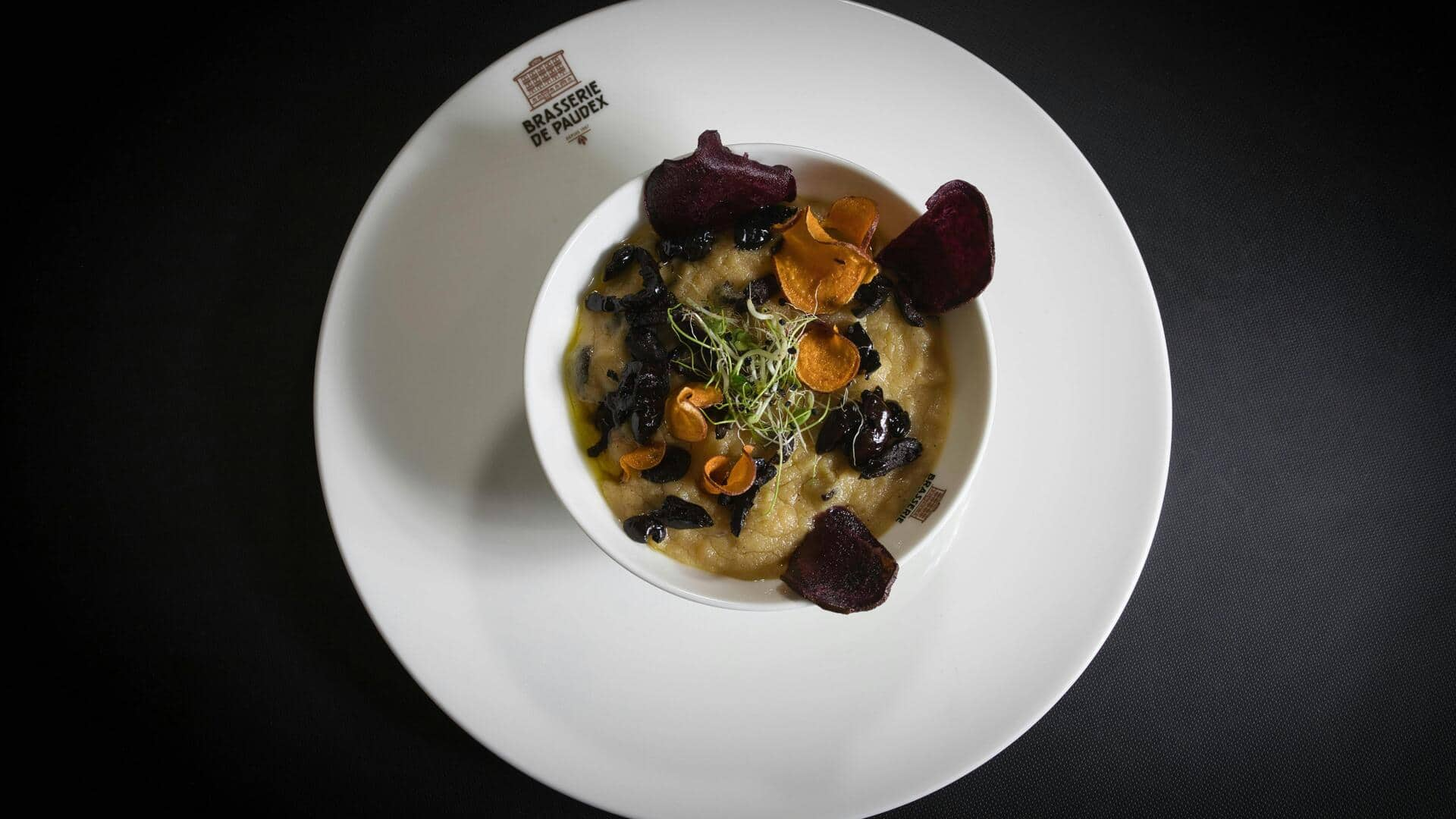
African dishes that celebrate the versatility of taro root
What's the story
Taro root, a versatile and nutritious tuber, is a staple in many African cuisines. Known for its unique flavor and texture, taro root can be transformed into a variety of dishes that highlight the continent's rich culinary traditions. From savory stews to delightful desserts, taro root offers endless possibilities for creative cooking. Here are five African dishes that showcase the delightful versatility of taro root.
Dish 1
Taro porridge delight
Taro porridge is a popular breakfast option in several African countries. The dish consists of boiled taro roots mashed into a smooth consistency and mixed with water or milk. It is usually sweetened with sugar or honey and can be flavored with spices like cinnamon or nutmeg. This comforting porridge provides an energy boost to start the day.
Dish 2
Savory taro stew
Savory taro stew is another beloved dish across Africa. The stew features diced taro roots cooked with vegetables like tomatoes, onions, and peppers. Spices such as cumin and coriander add depth to the flavor profile. This hearty stew can be served as a main course or side dish, making it a versatile addition to any meal.
Dish 3
Crispy taro fritters
Crispy taro fritters are an irresistible snack or appetizer option. Grated taro is mixed with flour, herbs, and spices before being shaped into small patties and fried until golden brown. These fritters offer a delightful crunch on the outside while remaining soft on the inside.
Dish 4
Taro leaf soup
Taro leaf soup is commonly enjoyed in many African regions where both the leaves and roots are used. The soup features tender taro leaves simmered with broth, tomatoes, onions, garlic, and other seasonings for added flavor. It makes for a nutritious option that highlights both parts of this versatile plant.
Dish 5
Sweet taro pudding
Sweet taro pudding provides an interesting dessert option by using mashed cooked taros mixed with coconut milk or cream along with sugar until thickened into a pudding-like consistency. It can be served warm or chilled, depending on preference, providing a satisfying end to any meal without overpowering sweetness levels found elsewhere in desserts made from other ingredients commonly used throughout Africa's diverse culinary landscape.